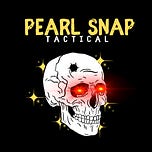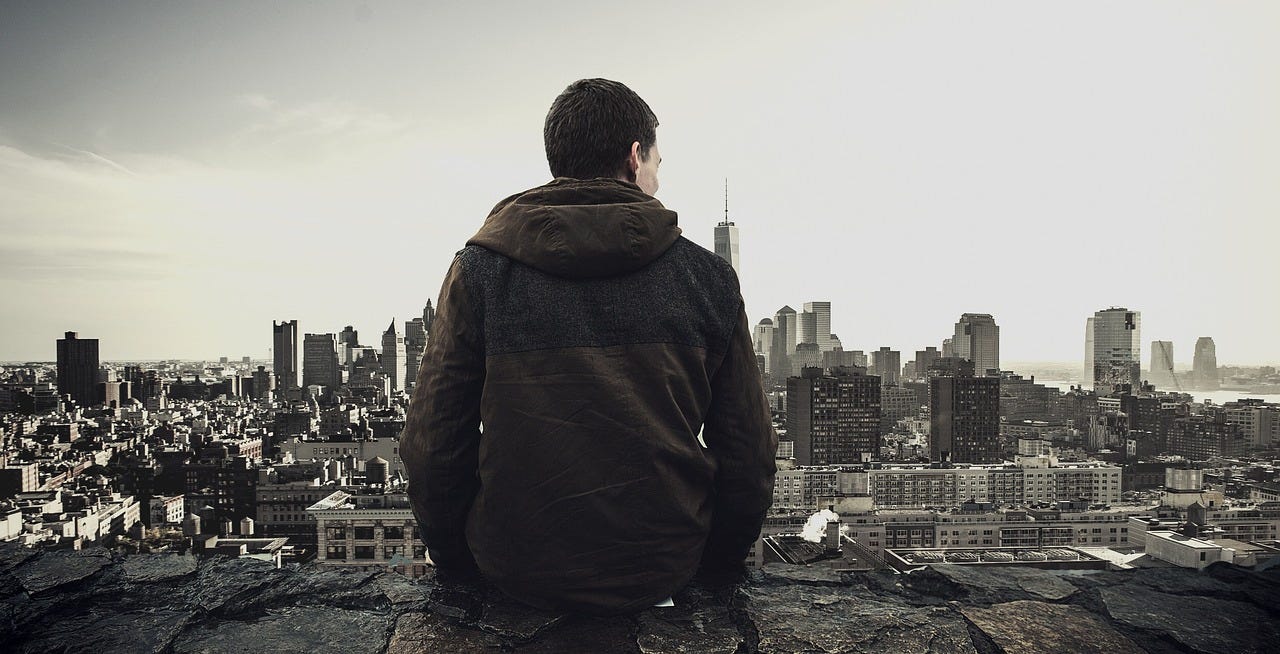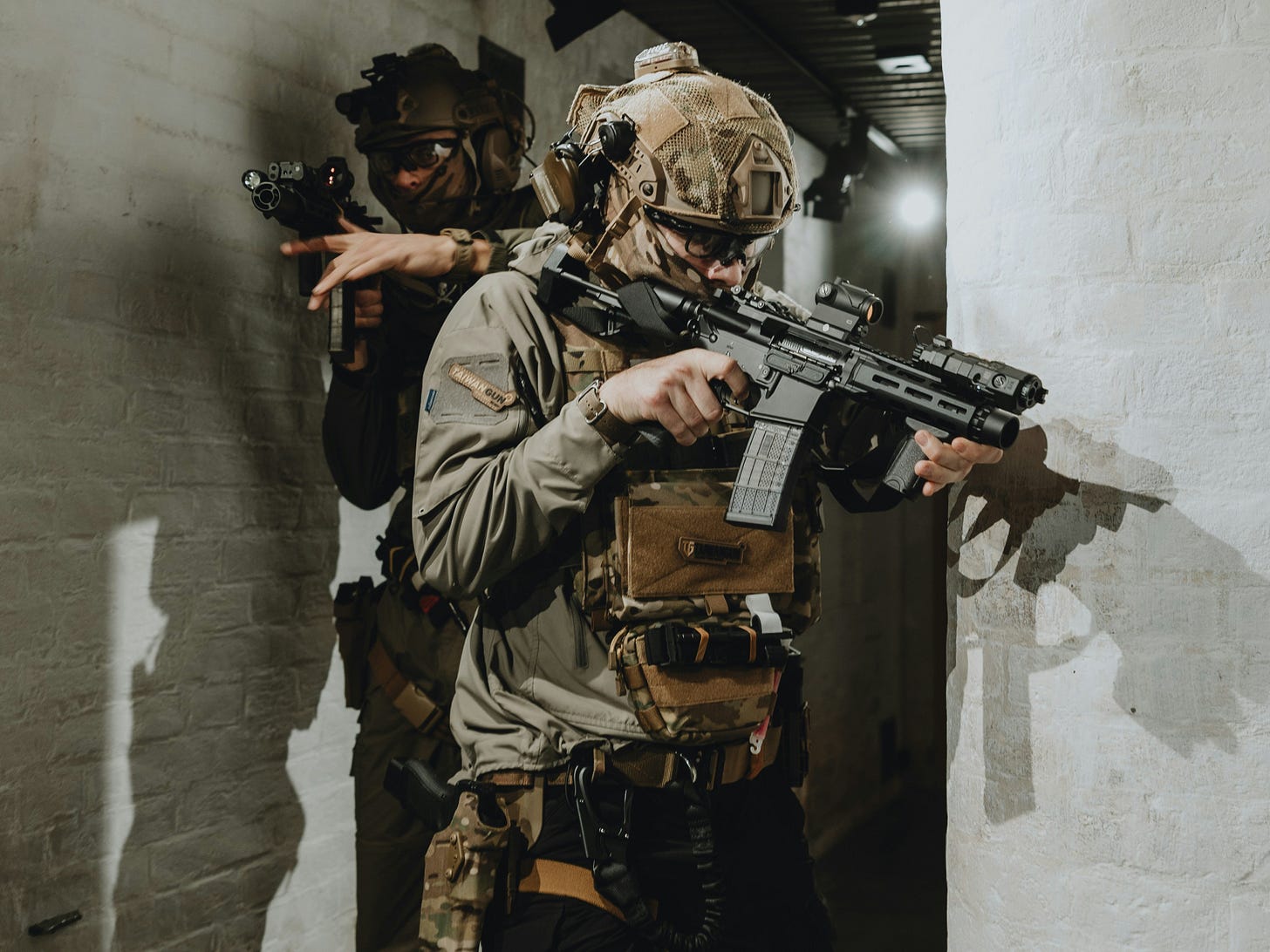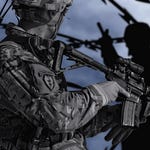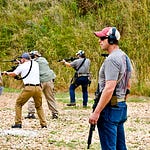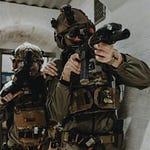Today, we’re talking all about terrain—one of the most underrated and underutilized assets, especially when it comes to civilian training.
Whether you’re military, law enforcement, private security, or a serious civilian protector, understanding how to use the environment to your advantage is a critical edge. It’s the force multiplier that’s always around you—so you’d better make use of it.
In this episode, we’re going to shift the way you think about space. Rooms, streets, woods, parking garages—they're not just places you pass through. They're tools. And when you train your eye to read terrain tactically, you start seeing opportunities where others see obstacles.
This isn’t theoretical. It’s practical. Life-and-death practical. Because when rounds are flying or chaos is breaking loose, your survival often comes down to one question: Who understands the ground better?
The First Principle: The Environment Is Not Neutral

Let’s start with something simple, but rarely stated:
The environment is not passive. It’s an active participant in any tactical situation.
Most people treat their surroundings like background noise—flat, uninvolved, meaningless. But the trained eye sees something else: terrain as a chessboard. Each piece of cover, each elevation change, each alley or hallway isn’t neutral—it has tactical value.
If you don’t use it, someone else will.
Concealment vs. Cover: Know the Difference
This is where things get fundamental. You've probably heard these definitions identifying cover from concealment. But at the risk of sounding remedial, it’s important to cover it. And while the discussion can go deeper and more nuanced, these generals still apply.
Concealment hides you but won’t stop a bullet. Think: foliage, shadows, curtains, darkness.
Cover offers ballistic protection. Think: concrete walls, vehicle engine blocks, the corner of a building. It also bears mentioning, while we’re here, that the protection that a specific cover may provide may diminish with time….like when it’s taking impact from sustained fires.
In urban combat, you quickly learn that drywall doesn’t stop rounds, but a brick wall might. In rural settings, a thick tree trunk offers more protection than a thick bush.
Understanding what stops incoming fire, and what just hides you temporarily, is survival 101.
Terrain as a Force Multiplier

When we say “weaponize the environment,” what we really mean is: use terrain to gain an advantage. Generally speaking, you don’t need better gear if you have better positioning. You don’t need more rounds if you control the engagement.
Let me give you a few real-world illustrations:
1. Mogadishu, 1993 – The Battle of the City
In Black Hawk Down, U.S. Army Rangers and Delta operators found themselves trapped in a hostile urban maze. But terrain wasn’t just background—it was the fight. Corners became kill zones. Rooftops became sniper nests. Intersections were both lifelines and death traps. The side that understood the city better controlled the rhythm of the fight.
2. Ukraine, 2022 – Trench Networks & Urban Density
In modern Ukraine, trench networks and broken urban zones have been used masterfully by defenders to negate Russian artillery and armor superiority. Truth be told, the only reason why the conflict still continues is because they’ve learned to fight with the terrain.
Tactical Movement: The Ground Dictates the Fight
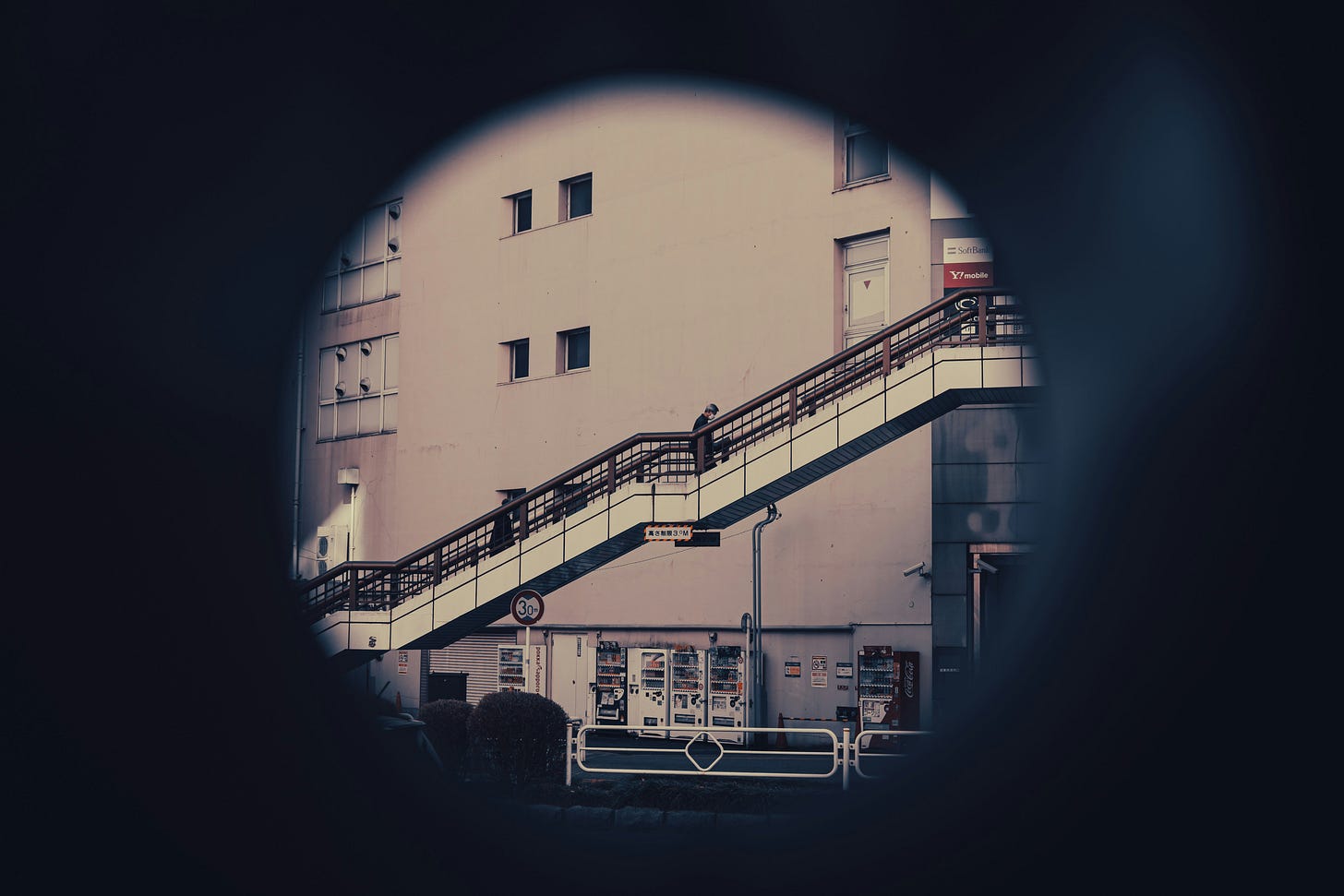
If you’re on foot, your movement is limited by what the terrain allows. But it also means you can shape the fight by choosing how and where you move.
Use angles and corners to break lines of sight.
Use elevation to gain visibility—or deny it to the enemy.
Use man-made structures (dumpsters, cars, furniture) to slow or block movement.
Use light and shadow (even fog). Movement through lighted areas invites attention. Darkness gives options.
If you’re in a dynamic environment—think active shooter, urban patrol, hostile surveillance—your ability to quickly assess and adapt to terrain will either keep you alive or put you in the morgue.
This is why situational awareness must extend beyond people. You’re not just scanning for hands and behavior—you’re reading terrain in real time.
Everyday Application: The Civilian Protector’s Edge
Not every fight happens in a war zone. But the principles still apply.
In a home defense scenario, your hallway or staircase leading to your bedroom is a funnel. Do you control it?
In a parking lot, do you move in the open, or hug the rows of vehicles that can provide concealment—or even cover?
At a gas station at night, where’s your escape route? Are you boxed in? Can you see who’s behind you?
These aren’t paranoid questions. They’re the questions anyone trained in real-world violence should be asking—not with panic or a flair for the dramatic, but with clarity and calm.
You can rehearse these things during everyday errands. Walking to your car becomes a dry run for movement. Entering a building becomes a tactical mental map. It’s about being truly connected with your environment. It’s not about fear—it’s about fluency.
Create Terrain-Based Habits
Here’s how to build terrain fluency into your training:
Walk Through the World with Tactical Eyes
Start noticing angles, elevations, line of sight, entry/exit points, places of concealment, and likely chokepoints.Practice “Route Gaming”
Choose different ways to approach the same building. How would you defend this space? How would you attack it? Think like both the protector and the threat.Use Dead Space
Dead space is the zone where no one can see you—behind a rise, a corner, or a vehicle. Learn to move through these zones to stay hidden.Set Up Dry Runs at Home
Can you move from bedroom to front door using concealment? What angles dominate your entry points? Can you control them with minimal movement?
Wrapping it up…
The truth is this: terrain doesn’t care how tough you are, how expensive your gear is, or how many rounds you carry. It rewards the observant, the deliberate, the prepared.
You can be faster. You can be stronger. But the one who knows the ground wins.
So the next time you step outside, ask yourself: Am I walking through this space, or am I shaping it?
Because the environment is a weapon. And in the hands of a tactician, it becomes a devastating one.
Terrain is it’s own language. Learn to speak it.
If this episode made you think, share it with someone in your circle who takes training seriously.

